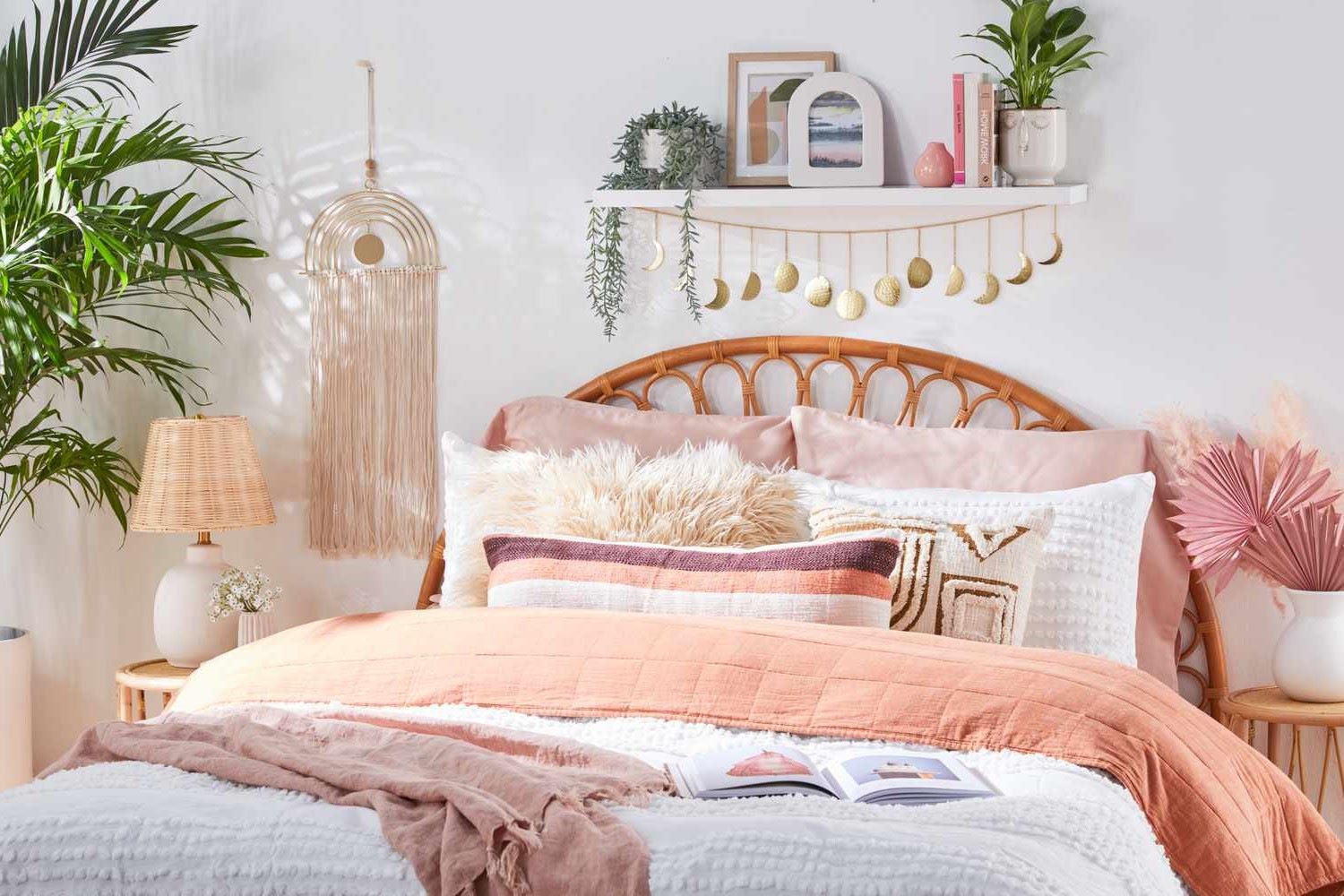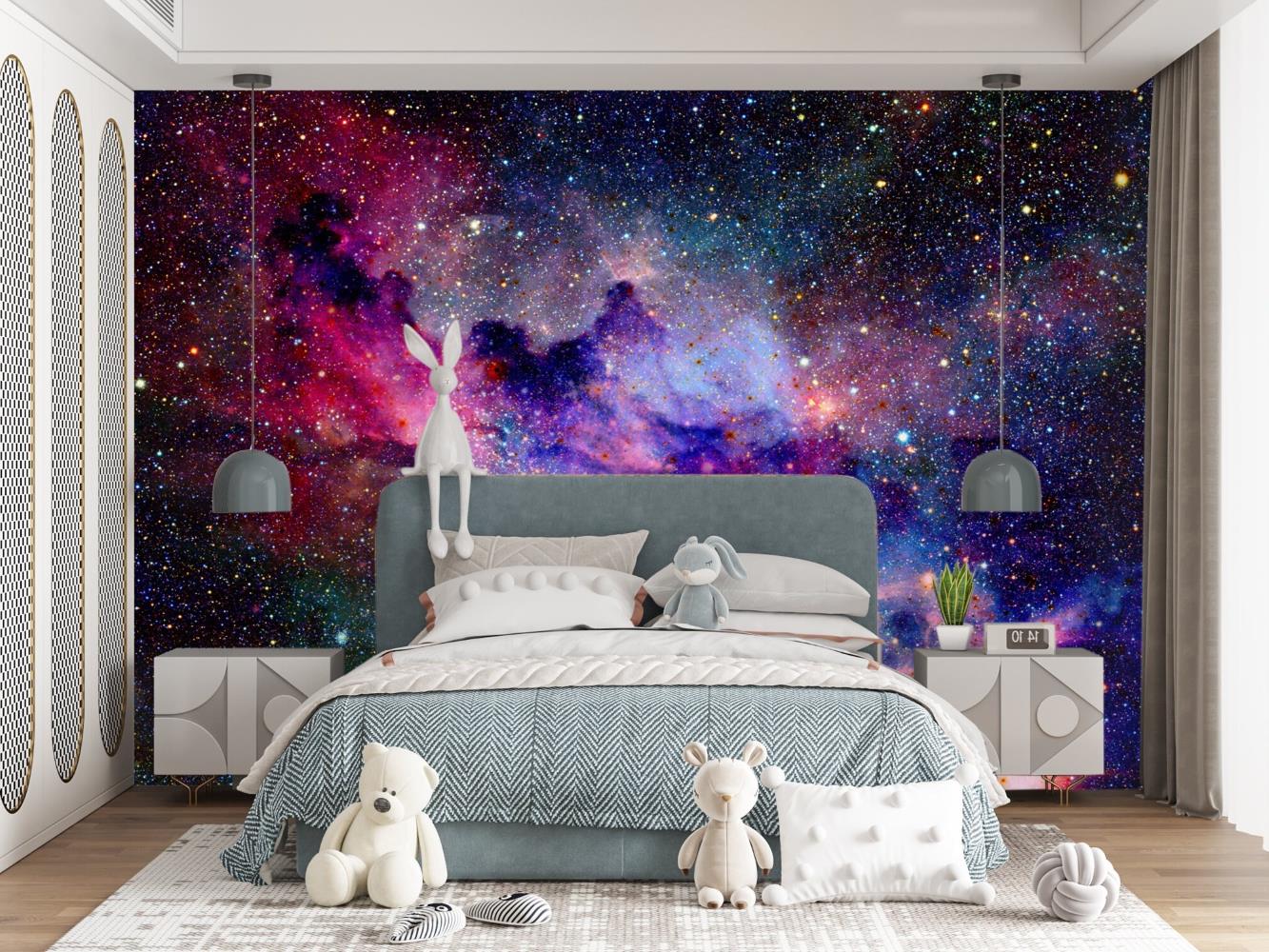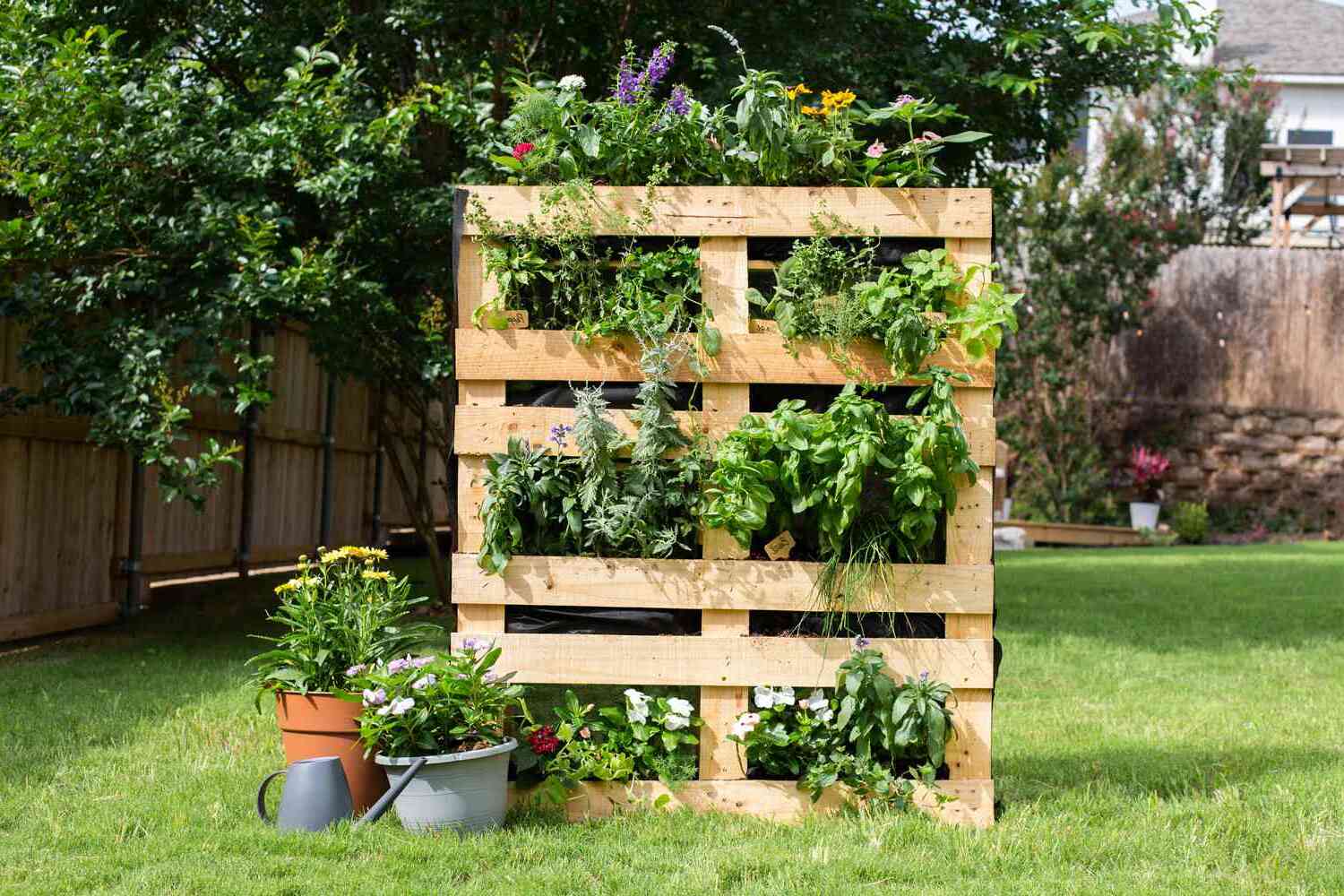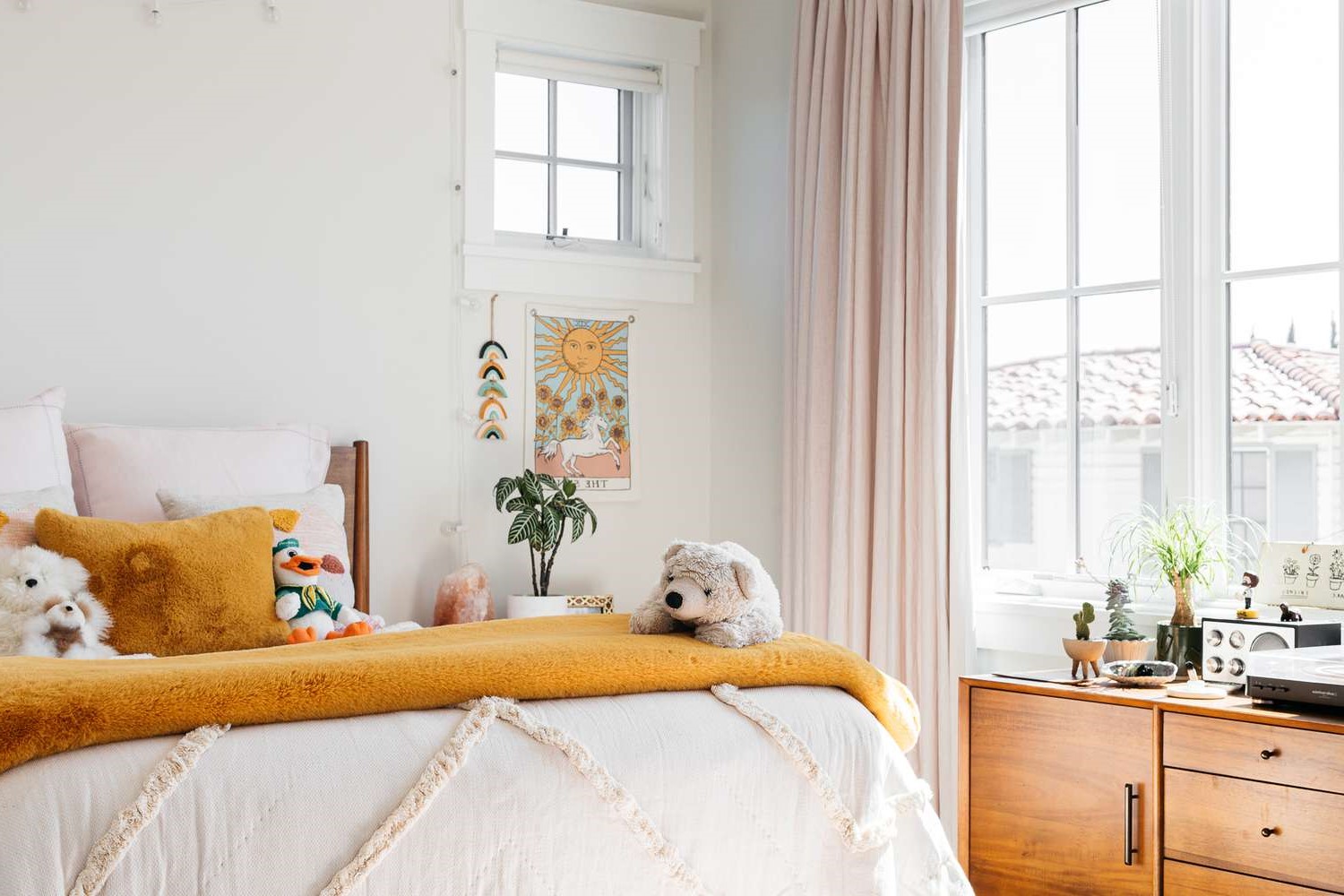Home>Create & Decorate>DIY & Crafts>Exploring the Art of Large-Scale Knitting with Little Dandelion


DIY & Crafts
Exploring the Art of Large-Scale Knitting with Little Dandelion
Published: February 15, 2024

Senior Editor in Create & Decorate, Kathryn combines traditional craftsmanship with contemporary trends. Her background in textile design and commitment to sustainable crafts inspire both content and community.
Discover how Jacqueline Fink's Little Dandelion redefines crafts with large-scale knitting, blending art with home improvement for a unique vintage twist.
(Many of the links in this article redirect to a specific reviewed product. Your purchase of these products through affiliate links helps to generate commission for Twigandthistle.com, at no extra cost. Learn more)
In the world of crafts, where innovation meets tradition, Little Dandelion stands out as a beacon of creativity and rebellion. Spearheaded by the visionary artist Jacqueline Fink, Little Dandelion transcends the boundaries of traditional knitting, bringing to life oversized knitted textiles that challenge our perceptions of craft, art, and design. This article delves into Fink’s unique approach to large-scale knitting and explores how her work not only redefines the craft but also integrates seamlessly into DIY home improvement projects, adding a vintage twist to modern living spaces.
The Essence of Little Dandelion
At the heart of Little Dandelion is the innovative spirit of Jacqueline Fink, a visionary artist who reimagines the boundaries of knitting. Through her brand, Fink explores the vast potential of textile art, crafting oversized, tactile pieces that blend seamlessly into spaces as both art and function. Her philosophy centers on the joy of creation, the beauty of imperfection, and the value of slowing down in a fast-paced world. Utilizing natural, sustainable materials like merino wool and cotton, Fink employs specialized techniques to produce her unique, hand-knitted textiles. This approach not only showcases the material’s inherent qualities but also emphasizes a commitment to eco-friendly practices and the slow design movement, inviting a contemplative appreciation of the handmade.
Read more: Creative DIY Wall Art Ideas
Challenging Traditional Crafts
Jacqueline Fink’s Little Dandelion challenges traditional crafts by magnifying the scale of knitting, pushing beyond conventional boundaries into the realm of textile art. This not only contrasts with the finer, more delicate work typically associated with knitting but also elevates the craft to a form of expressive art. The impact on the perception of textile art is profound, as Fink’s work blurs the lines between functionality and fine art, inviting viewers to reconsider the value and potential of handcrafted textiles in contemporary design and art spaces.
Integration into Home Improvement
Integrating Little Dandelion’s large-scale knits into home improvement projects brings a unique blend of comfort and aesthetics to any space. These handcrafted pieces can serve as focal points in living rooms, bedrooms, or even outdoor areas, introducing a tactile and visual warmth that’s unparalleled. Incorporating such textiles through sewing in home improvement techniques allows for personalized touches in upholstery, curtains, or even wall hangings. DIY enthusiasts can undertake projects that transform Little Dandelion pieces into statement decor items, blending vintage twist aesthetics with modern design principles. The result is a living space that feels both timeless and contemporary, where the artistry of knitting enriches the home’s character and charm.
The Process Behind the Pieces
The creation of a Little Dandelion piece is a meticulous and thoughtful process that spans from initial concept to the final product. It begins with the conceptualization phase, where ideas are nurtured and refined. Fink then selects the appropriate materials, favoring natural and sustainable options that align with her ethos. The knitting process itself is labor-intensive, involving hand-knitting techniques that accommodate the scale and texture desired for each piece. Finally, the completion of a piece involves careful finishing touches that ensure its quality and durability, making each Little Dandelion creation a testament to craftsmanship and sustainable design.
DIY Guide
For those eager to explore large-scale knitting, starting with the basics is key. Begin with understanding yarn types and needle sizes suitable for oversized projects. Experiment with simple patterns to get a feel for the technique. To integrate these unique pieces into your home, consider creating statement items like chunky throws for living areas or textured cushions for a cozy nook. These handmade items not only add warmth but also a personal touch to your home improvement efforts, embodying a blend of artistry and practicality.
The Future of Craft
The future, influenced by Little Dandelion’s approach, heralds a shift towards more sustainable, personalized home decor and crafts. As artisans like Jacqueline Fink continue to blend traditional techniques with modern aesthetics, we can expect to see a greater appreciation for handcrafted pieces that tell a story and embody the maker’s philosophy. This trend could drive demand for bespoke, eco-friendly items, pushing the boundaries of interior design to include more textured, organic elements. Artisanal pieces are poised to play a pivotal role in modern interior design, offering a contrast to mass-produced goods and fostering a deeper connection between the space and its inhabitants, emphasizing authenticity, sustainability, and craftsmanship.
Final Word
In conclusion, Jacqueline Fink’s Little Dandelion is not merely a brand; it’s a testament to the profound impact of large-scale knitting on both the art world and interior design. Through her innovative approach and dedication to craftsmanship, Fink challenges traditional notions of textile art, offering a fresh perspective on home improvement and decor. Her work illustrates the power of handmade items to transform spaces, evoke emotion, and inspire creativity, proving that in the realm of crafts, the possibilities are as vast and boundless as the imagination itself.















